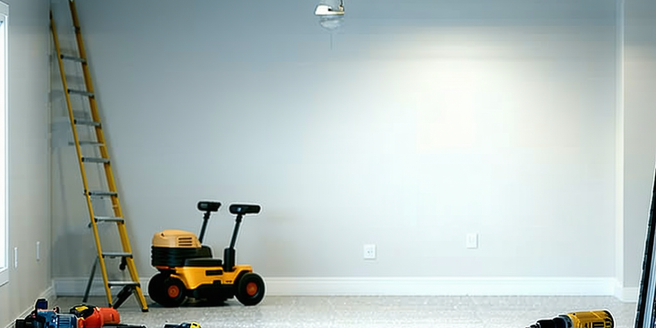Free Basement Finishing Advice

Understanding Basement Finishing Basics
Finishing a basement involves several key steps to ensure durability and functionality. Begin by assessing the existing structure, including walls, floors, and ceiling conditions. Check for any signs of water damage, mold, or structural issues. Once you have a clear understanding, decide on the layout and function of the space. Will it be a living area, a home office, or a playroom? Planning the use of your space is crucial for determining the types of materials and design elements needed. Always consider building codes and permits required for your area. Basement finishing requires careful planning and preparation, so don’t rush through these preliminary steps. A solid foundation of understanding will help you avoid costly mistakes down the road and ensure a successful renovation project.
Choosing the Right Materials for Your Basement
When considering materials for finishing your basement, durability and moisture resistance should be top priorities. Always opt for materials that can withstand a damp environment, such as vinyl or ceramic tiles for flooring, which are both water-resistant and easy to clean. For walls, consider mold-resistant drywall and waterproof paint. Carpeting is still possible, but look for products specifically designed for basement use, often featuring moisture barriers. Insulation is crucial for temperature regulation, with foam boards being a popular choice due to their moisture resistance. In addition to practicality, don’t forget aesthetics; choose materials that complement your overall style while being functional. Do thorough research on the cost versus longevity of each material to ensure you’re making wise investments that will keep your basement looking great for years.
Addressing Basement Moisture and Insulation
Dealing with moisture is a fundamental concern in basement finishing. Start with a detailed inspection to identify sources of moisture, such as leaks or condensation. Implement solutions like sump pumps or dehumidifiers if needed. Waterproofing measures such as sealants on walls and floors help prevent water intrusion. Proper insulation is equally critical for a comfortable space. Materials such as spray foam or rigid foam insulation are preferred for basements since they resist moisture. Insulation helps maintain temperature consistency, reducing heating and cooling costs. Always consider vapor barriers as an extra precaution against moisture ingress between the outer walls and insulation. Addressing these elements not only solves immediate concerns but also protects your renovation investment, assuring a long-lasting and pleasant basement environment.
Creative Design Ideas for Finished Basements
Unleash your creativity in the basement, transforming it into an extraordinary space. Opt for open-concept designs if the layout allows, making full use of available light and enhancing flow. Incorporate multi-functional furniture like fold-out sofas or wall-mounted desks that can adapt to various needs, from entertainment to work. Creative lighting solutions such as pendant lights or recessed fixtures can drastically change the ambiance. Artistic wall treatments, like accent walls using reclaimed wood or bold paint colors, add character and depth. Integrate storage solutions that are both functional and decorative, using shelves that display personal items or collectibles. Don’t shy away from themed spaces either, such as a home cinema or game room, which can define the overall feel. The goal is not just to finish a basement, but to make it uniquely yours.
Cost-Effective Solutions for Your Renovation
Renovating a basement doesn’t have to break the bank. Start by setting a realistic budget that accounts for unexpected costs. Prioritize necessary repairs over cosmetic changes to ensure the space’s longevity. DIY options can considerably reduce labor costs; simple projects like painting or installing fixtures are manageable for many homeowners. Consider reclaimed or repurposed materials for unique yet affordable decor elements. When hiring professionals, compare several quotes and ask for itemized bids to understand where you can trim costs. Opt for quality over quantity; sometimes fewer, high-quality features make a larger impact than numerous cheaper alternatives. Utilize energy-efficient appliances and lighting to save on long-term utility bills. By planning strategically and focusing on quality and savings, you can achieve your renovation dreams without financial strain.